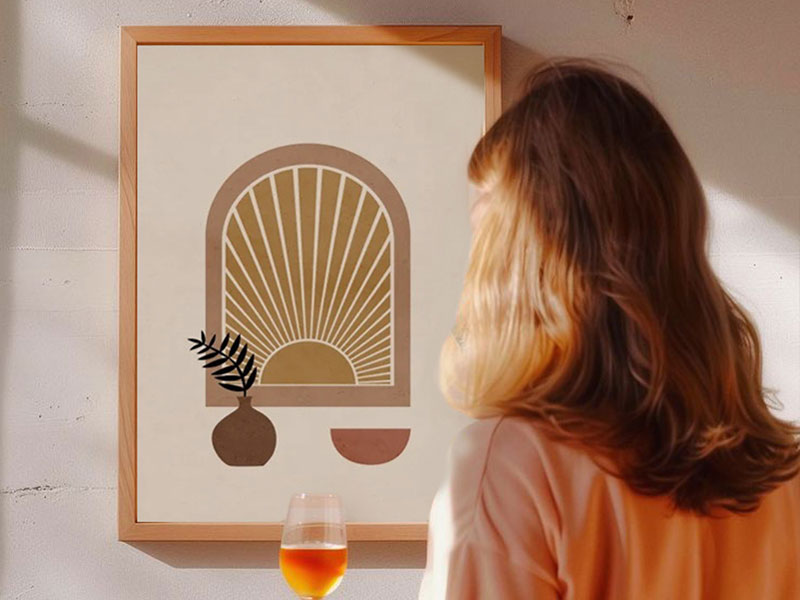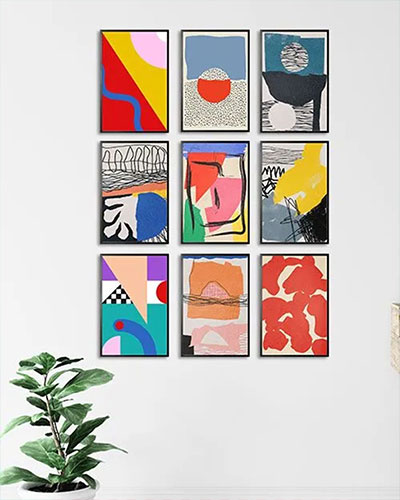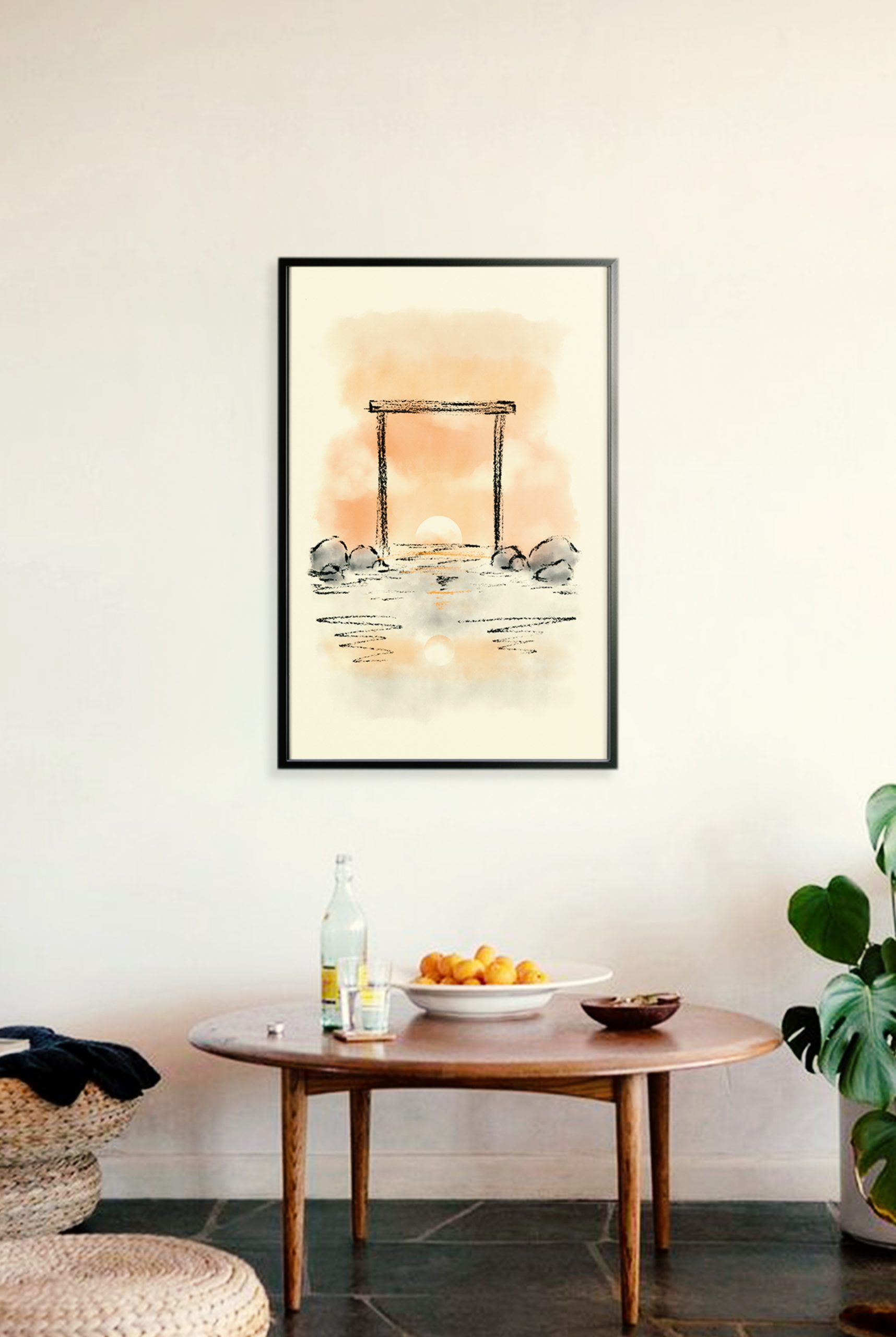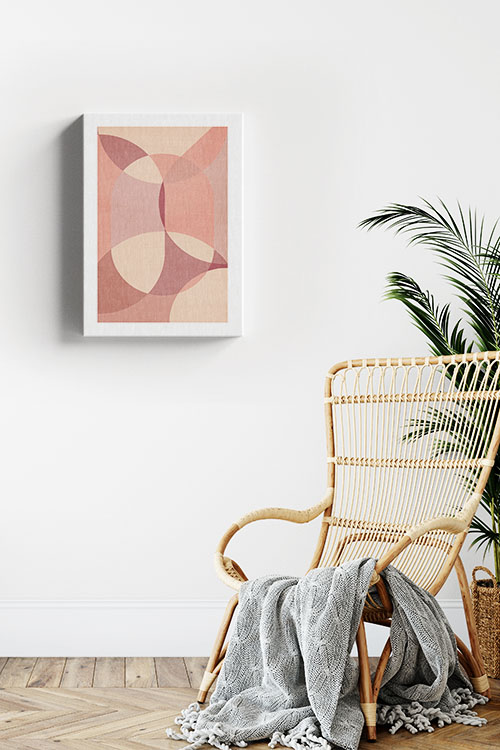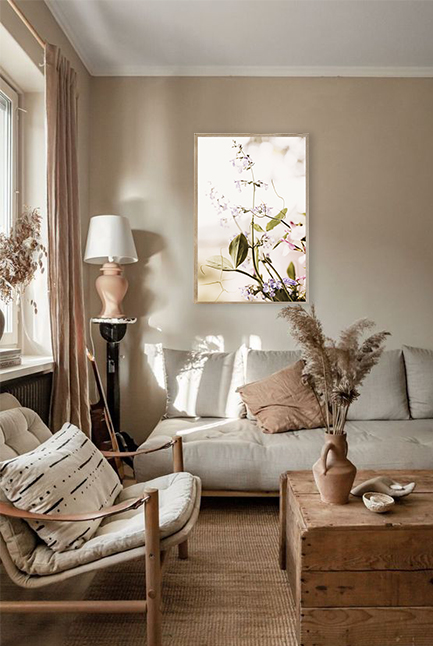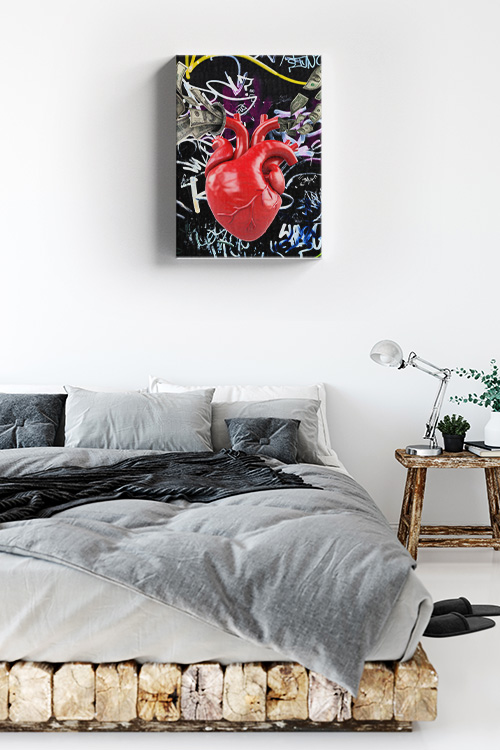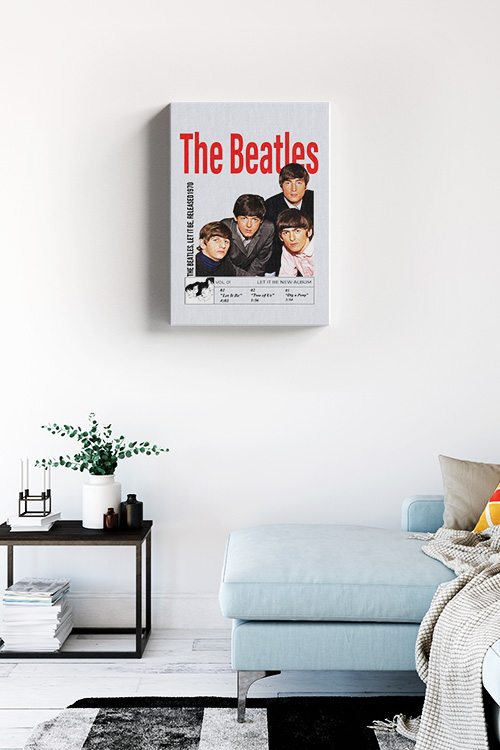
Designing a multi-purpose room is a creative endeavor that balances practicality with aesthetic appeal. Whether you’re envisioning a home office that transforms into a guest bedroom or a living area that seamlessly becomes a dining space, the key lies in maximizing flexibility and function. Here’s a guide on how to achieve this balance effectively, inspiring you to unleash your creativity.
Assessing Needs and Priorities
Begin by identifying the primary function your multi-purpose room will serve. Is it primarily an entertainment area, an office space, or a guest room? Understanding the core needs will guide your design decisions. For example, if an office occasionally hosts guests, prioritize workspace functionality while ensuring comfortable yet non-intrusive sleeping arrangements.
Flexible Furniture Solutions
Invest in furniture that serves multiple purposes, providing reassurance about the room’s potential. Consider a sofa bed for accommodating overnight guests without sacrificing seating during the day. Modular furniture, such as nesting tables or folding desks, can be easily rearranged to suit different activities. This adaptability ensures the room remains spacious and uncluttered when not used for a specific function.
Storage Optimization
Adequate storage is crucial in multi-purpose rooms to maintain organization and visual appeal. Utilize vertical space with wall-mounted shelves or floor-to-ceiling cabinets to keep items out of sight when unnecessary. Opt for furniture with built-in storage compartments to minimize clutter and maximize functionality.
Lighting Design
Lighting sets the mood and functionality of any space. Incorporate task lighting for work areas, ambient lighting for relaxation, and adjustable fixtures to accommodate different activities. Natural light is also essential; maximize windows or add skylights to create a bright, inviting atmosphere.
Versatile Flooring and Finishes
Choose durable and versatile flooring and finishes. Hardwood or laminate flooring is easy to clean and complements various room configurations. Area rugs can define specific zones within the room while adding warmth and texture. Neutral paint colors or wallpapers can create a cohesive backdrop that accommodates different styles of furniture and decor.
Technology Integration
Incorporate technology seamlessly into your design. Conceal wires and outlets to maintain a clean aesthetic. Consider installing smart home systems to control lighting, temperature, and entertainment, and enhance convenience and comfort.
Creating Zones
Divide the room into functional zones using furniture arrangements or room dividers. Use rugs, curtains, or even sliding doors to delineate different areas while maintaining an open, spacious feel. Each zone should be clearly defined, yet harmonious with the overall design theme.
Personalization and Decor
Infuse the room with your style through decor and accessories, fostering a sense of connection. Opt for versatile decor pieces that complement different room configurations. Artwork, throw pillows, and plants can add personality and warmth while accommodating the room.
Testing and Adjustment
Once the initial design is implemented, test the room’s functionality by simulating different scenarios. This process allows you to identify any adjustments needed to enhance usability and comfort. Solicit feedback from family members or guests to ensure the room effectively meets everyone’s needs.
Sustainability Considerations
Lastly, incorporate sustainable practices into your design by choosing eco-friendly materials, optimizing energy efficiency, and minimizing waste. Creating an environmentally conscious multi-purpose room adds value and longevity to your design.
In a Nutshell
Designing a multi-purpose room that balances flexibility and function requires thoughtful planning and creativity. Prioritizing adaptable furniture, strategic storage solutions, versatile lighting, and personalized decor can create a space that seamlessly transitions between different uses while maintaining style and comfort. Embrace the challenge of designing a space that evolves with your needs, ensuring it remains a functional and inviting area for years to come.


